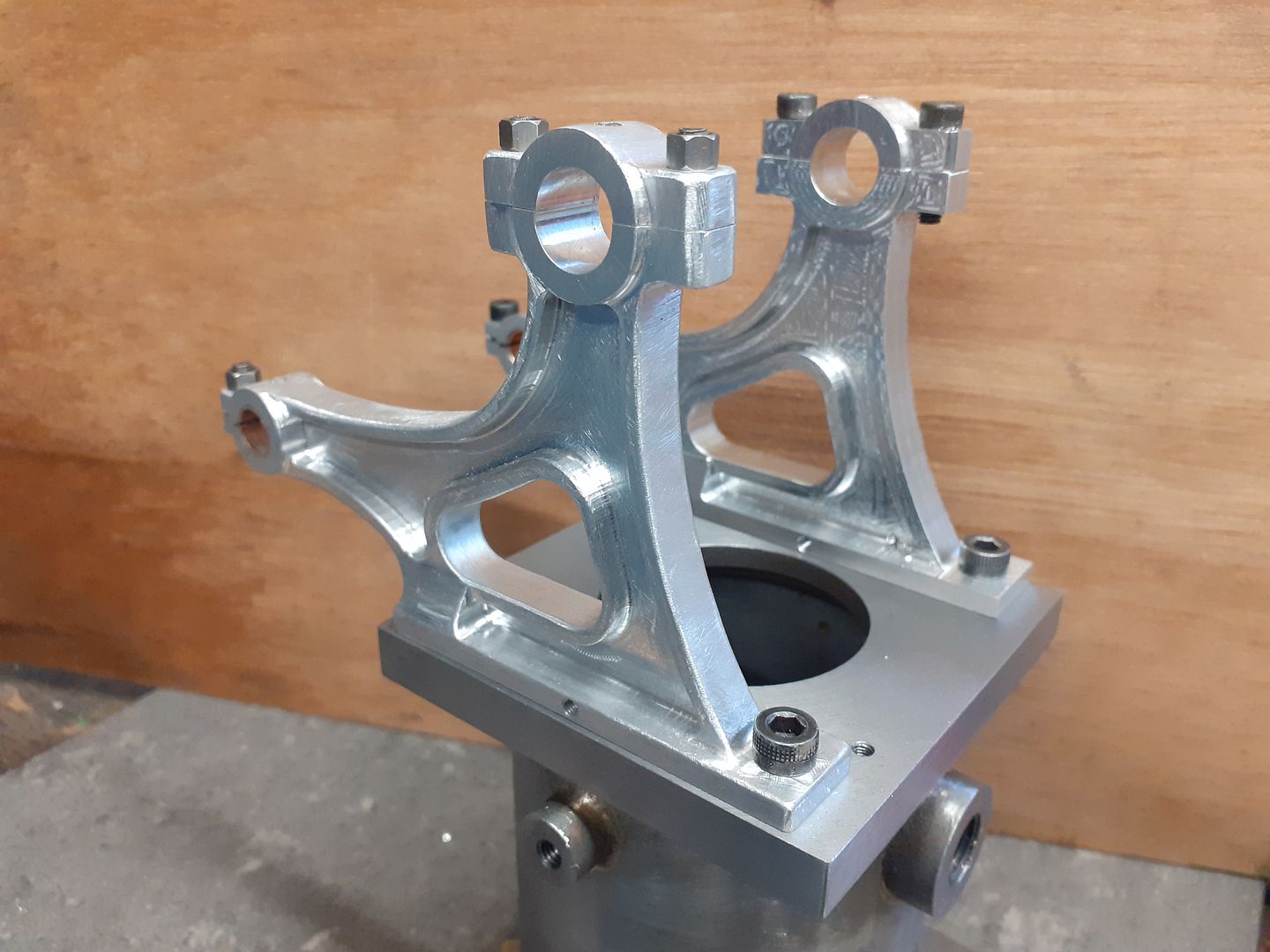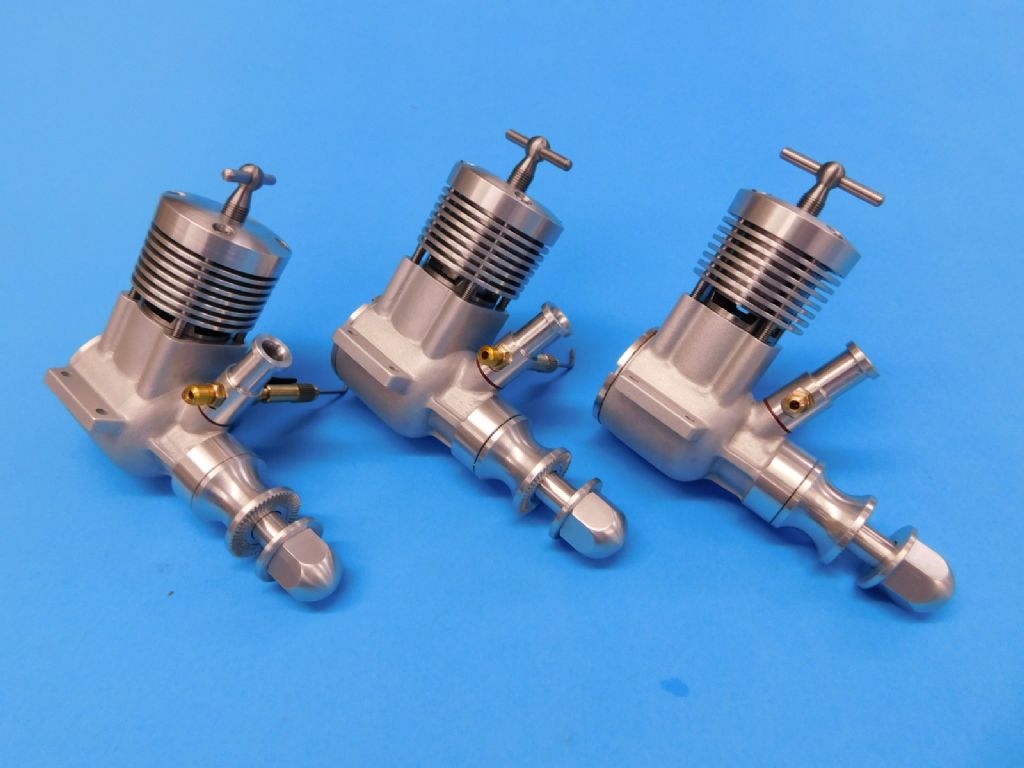Well you are probably right Jason with regard to a 'modern young engineer might get to grips with it' but the operative word is might and of course a newcomer to the hobby may not be so young after all.
I spent my working life machining conventionally until the last couple of years or so DRO being the only 'modern' aid until the Haas CNC machining centre came along. Ten or more years too late for myself from a working point of view and fascinating to learn and satisfying to see what you had programmed in use but it's not and never was even considered as something I wanted to bring into my home workshop.
I think I said before – I count myself as a dino-sore but the things learnt and used over the years are still relevant and, importantly, still allow me to come up with the goods
Sometime back on another Forum I was told these three engines could not be built without, and I quote, "bringing myself into the modern world and learning 3D CAD" – I was simply "twenty years too late". Well I didn't and I haven't but as always proof is pudding shaped 

No computer aided anything was injured or harmed in the construction of these Tigers
Nice to think I'm not in luddite isolation Ian – I'm afraid its all I'm likely to be from here on.
Nicholas – that's the kind of thing I'd like but with those other functions – as the brain is fading so are the eyes I'm sad to say
Carefull now John (Haine) Converting fractions in your head ??? the mind boggles – well, 1/4 might be .250 even 6.35mm but that's memory – 27/64 or similar is most definitely another matter.
Great to chat guys
Regards – Tug
Dr. MC Black.


















